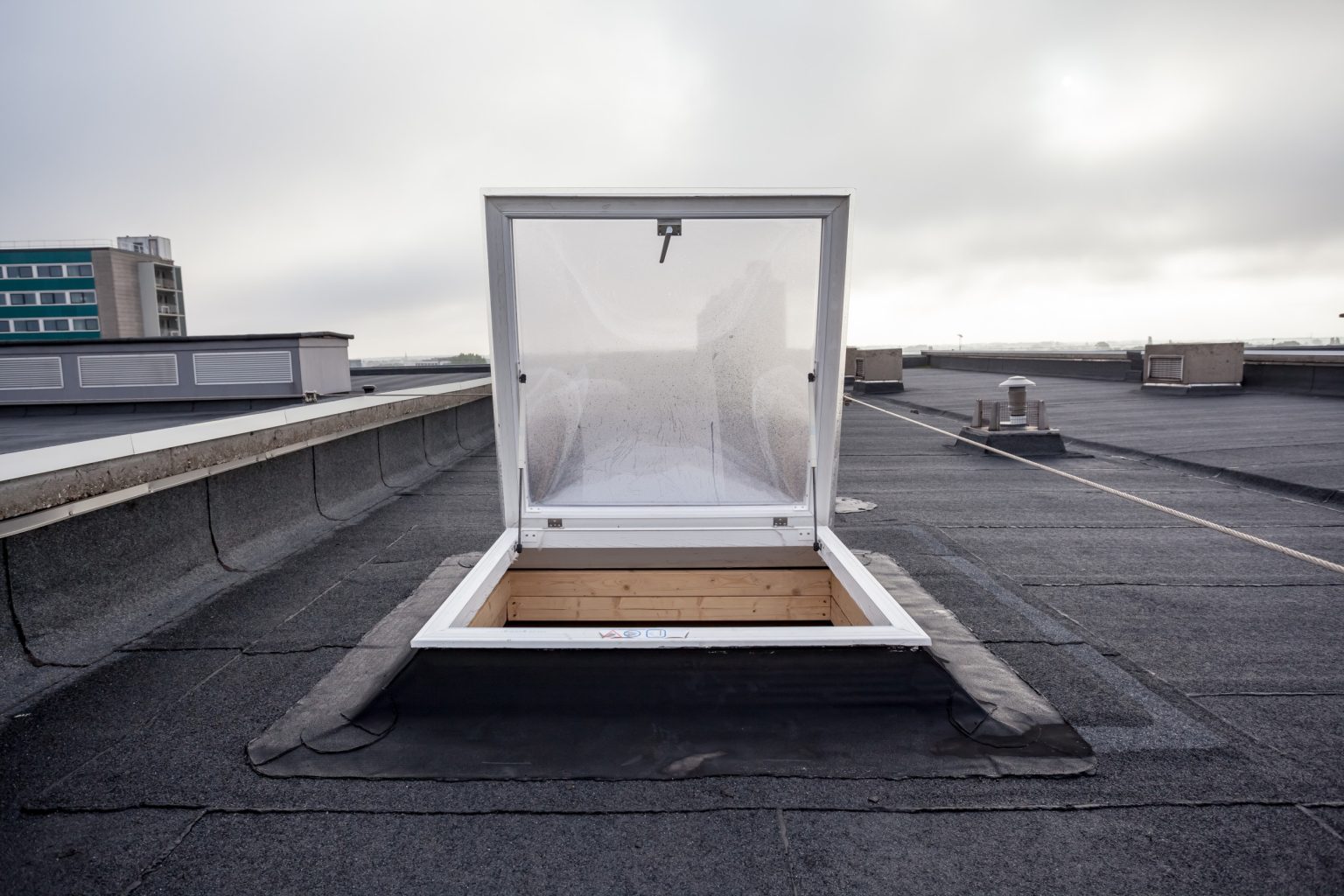The viral TikTok video, posted by Hayley McLachlan, captures a seemingly inexplicable phenomenon: a small door leading to the roof of her home repeatedly opens and closes on its own, accompanied by a banging sound. McLachlan’s daughter, audibly concerned, urges her mother to acknowledge the unsettling event. McLachlan confirms she sees the moving door, leaving viewers with an unresolved mystery and a lingering sense of unease. The incident occurred shortly after McLachlan and her daughter arrived home, with all windows and doors reportedly closed, further deepening the enigma. The caption accompanying the video highlights the unsettling possibilities, questioning whether someone is hiding in the attic or if the house is haunted, ultimately prompting the daughter’s suggestion to leave the premises. This chilling scene has sparked widespread discussion and speculation online.
While the video presents a potentially frightening experience, emerging research suggests that controlled exposure to fear, such as in recreational settings like haunted houses, might offer unexpected health benefits. A forthcoming study in the journal Brain, Behavior and Immunity indicates that fear in such contexts can positively influence the immune system by reducing inflammation. The study observed visitors at a Danish haunted house attraction and noted a decrease in leukocytes (white blood cells crucial for fighting infection), suggesting a dampening of inflammatory responses triggered by fear. This effect was particularly pronounced in individuals who exhibited higher levels of inflammation prior to the experience. These findings offer a compelling counterpoint to the generally negative perception of fear, suggesting that in controlled environments, it may serve as a unique form of stress-induced immunomodulation.
Reactions to the viral TikTok video varied widely. Some viewers expressed genuine alarm, suggesting the family flee the house immediately, referencing horror movie tropes and advising immediate action to secure the mysterious door. Others offered a more pragmatic perspective, attributing the phenomenon to airflow issues within the house, citing similar experiences in their own homes. These commenters suggested that pressure differences between the attic and the living space, possibly exacerbated by wind or ventilation systems, could be responsible for the door’s movement.
The suggestion of airflow as a possible explanation grounds the seemingly supernatural event in a more mundane reality. Several TikTok users recounted similar experiences in their own homes, where seemingly inexplicable movements of doors or objects were ultimately traced to air currents. These anecdotal accounts provide plausible alternative explanations for the unsettling scene captured in McLachlan’s video. One user attributed the movement to air pressure in the attic, while another specifically mentioned the influence of wind through vents, especially in newly constructed homes. These explanations offer a reassuring counterpoint to the more dramatic speculation of a haunting or an intruder.
The viral video highlights the powerful impact of ambiguous events on our perception of reality. The lack of a readily apparent explanation fuels speculation, allowing our imaginations to fill in the gaps with both rational and supernatural possibilities. In the absence of concrete evidence, viewers project their own fears and experiences onto the situation, interpreting the event through the lens of their personal beliefs and previous encounters with similar unexplained phenomena. This ambiguity is further amplified by the context of a family home, a space typically associated with safety and security, making the intrusion of the unexplained all the more unsettling.
The incident underscores the importance of considering multiple perspectives when encountering unexplained occurrences. While the initial reaction might be fear or alarm, seeking alternative explanations based on natural phenomena can often provide a more logical and less frightening interpretation. In this case, the suggestions of airflow issues, supported by similar anecdotal experiences, offer a plausible explanation that eliminates the need to resort to supernatural theories. While the definitive cause remains unknown, the video serves as a reminder to approach such situations with a balanced perspective, considering both the possibility of the unexplained and the likelihood of a more mundane explanation.

